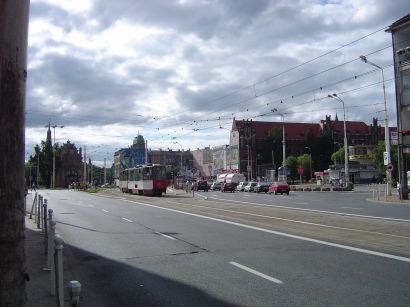
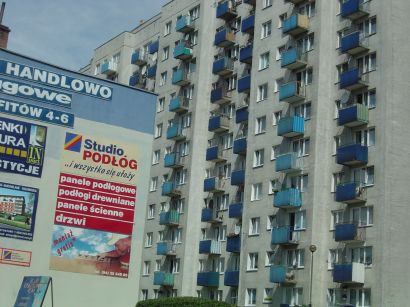
Wednesday, June 28th
We loaded the last of our stuff into our 1995 VW Golf at 6:30 AM. Elsa held the umbrella while I made quick trips to the car to avoid getting wet. The rain lasted for about three hours, until we were halfway to Berlin. It slowly cleared until it actually got sunny for a few minutes in the afternoon.
We circled around Berlin (to avoid soccer mania) and entered Poland near Szczecin. It is a featureless border crossing. There is no sign saying "Auf Wiedersehn" in German and no sign saying "Welcome" in Polish. There is only a building with a sign in front saying "Passport Control" in four languages. When you drive away, you find that signs are no longer in German, they are in Polish.
Crossing from Germany into Poland is like driving into Mexico from San Diego... although not so dramatic. It's obvious where the buck stops and it isn't Poland. Small cars are the norm; there is a Fiat Polskie small enough to fold up and put in your hip pocket, saving one the trouble of finding a place to park it. The average wage is 1000 zloty per month, or about $1.25 per hour.
The city of Szczecin, also known as Stettin, is a busy port on the Baltic Sea, but not a tourist destination. The tourist office on one of the main streets stood empty and forlorn. The hotel provided a city map and a brief guide to some restaurants for an evening meal. Finding the route to be a much longer walk than we anticipated, we hopped on a local electric tram which appeared to be going in the right direction. Fortunately, nobody asked us to pay, as we had no Polish Zlotys, only Euros. The second tram stop put us in front of a river-front restaurant, so we got off.
We ate well, after enquiring if a VISA card would be accepted. When the check was presented, we found we had eaten even better than we thought. The rice, potatoes and two salads that came with our meal, were unexpected optional extras.
 |
 |
|
|
|
Thursday, June 29th
Rural Poland along the north-west coast is made of wide open meadows broken up by forested areas. Small towns fall along and beside the main road. The roads carried little traffic. Vendors of cherries and honey set up stands next to the road. Where the homes or farms are far from the road, the goods are placed on the ground, next to the bicycle that brought them. A kilo of sweet cherries was 5 zloty, about $1.50.
Kolobrzeg provided lunch on the coast, overlooking the water. Too cold for swimming, a few swans swam by to mooch crumbs from the tourists.
The road got busier as we moved east toward Gdansk. More and more trucks and several construction zones slowed our progress, causing us to arrive at Gdansk at afternoon rush-hour. Everyone was rushing out, instead of in, so it really made no difference to us.
Gdansk, 400 km to the east of the German border, is more friendly and very tourist oriented. The Old City has been restored to its pre-WW II state, and was crowded with visitors in the late afternoon when we arrived.
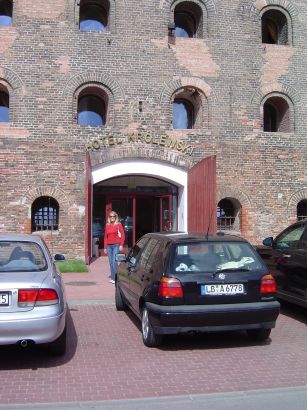 |
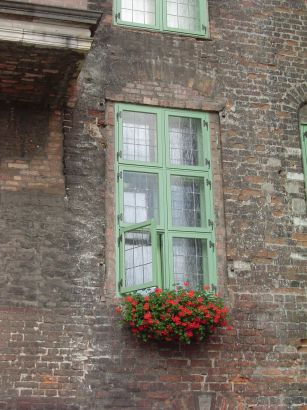 |
|
|
|
Friday, June 30th
Alas, the Russians need 7 days to process a visa request, so we won't be going to Kalliningrad. Instead, we pressed on to the lake country in the north-east. In an area with two thousand lakes, a number have been joined with canals, allowing sailing or paddling along a 200 km stretch.
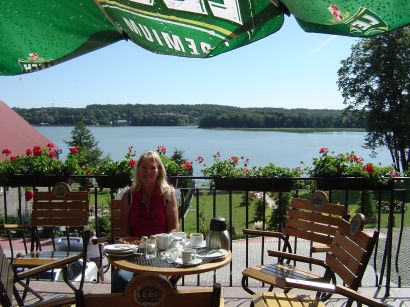 |
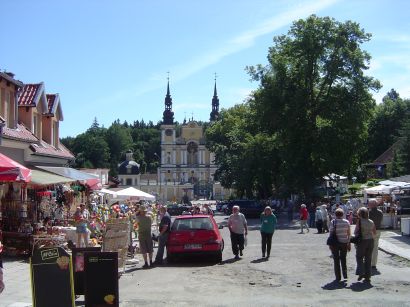 |
|
|
|
Saturday, July 1st
We left Mragowa after a sleepless night, along with two busloads of Hamburger/German seniors. Only on Friday night, we were told, does the local disco play until 5:00 AM. It was too loud to sleep with the windows open where we were... one can only imagine how loud it was in the dance hall 500 meters away across the lake.
We visited the 17th century church in Swieta Lipka. The service was in Polish, which washed over the heathens from Caliornia, but the pipe organ put on the show we expected. After a heavy introduction, the music lightened up and the wooden figures above the congregation started dancing. In all, a dozen stars, cherubs and bobble-headed angels got in the act. The complexity of the organ and size of the church were a surprise, so far out in rural Poland.
 |
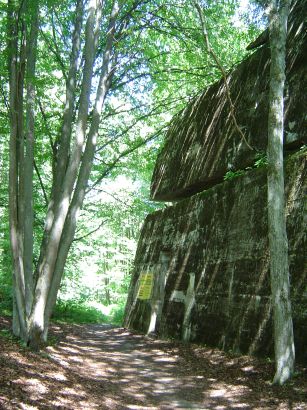 |
|
|
|
On a more somber note, Wolfsschanze (Wolf's Lair), where Hitler camped from 1941 to 1944 was only 20 km away, poised on the Russian border. It was the scene of a failed assassination attempt by Claus von Stauffenberg. Needless to say, this caused a few personal problems for Herr Stauffenberg, for which he and 5000 of his friends paid dearly. Nearly destroyed by Hitler on his way out of town, only ribbons of twisted steel rebar and huge blocks of cracked concrete remain.
Along the way, a number of storks were spotted in their huge nests on rooftops. There were often three inhabitants of the nest... Mama, Papa and a new arrival between them.
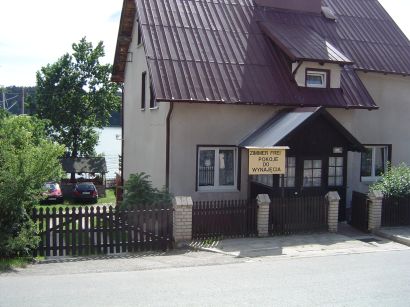 |
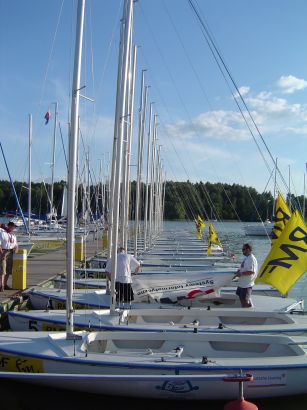 |
|
|
|
Our day's drive of 200 km took us around a few of the lakes and through many little towns. Our loop ended in Mikolajki, just 20 km from Mragowa, where we started. We found a nice "wolne pokoje," an extra room for rent in a private home for 100 Zlotys or 25 Euros.
About 200 sailboats tied up along the waterfront in front of our window. All the boats are shallow draft and have desk-stepped masts, allowing them to drop the mast for motoring under bridges.
The Polish language needs more than the 24 letters used in English, so they added dots and accents above some letters and little tails on others to account for the extra syllables they need. It makes map reading tough. Don't even think about pronouncing it.